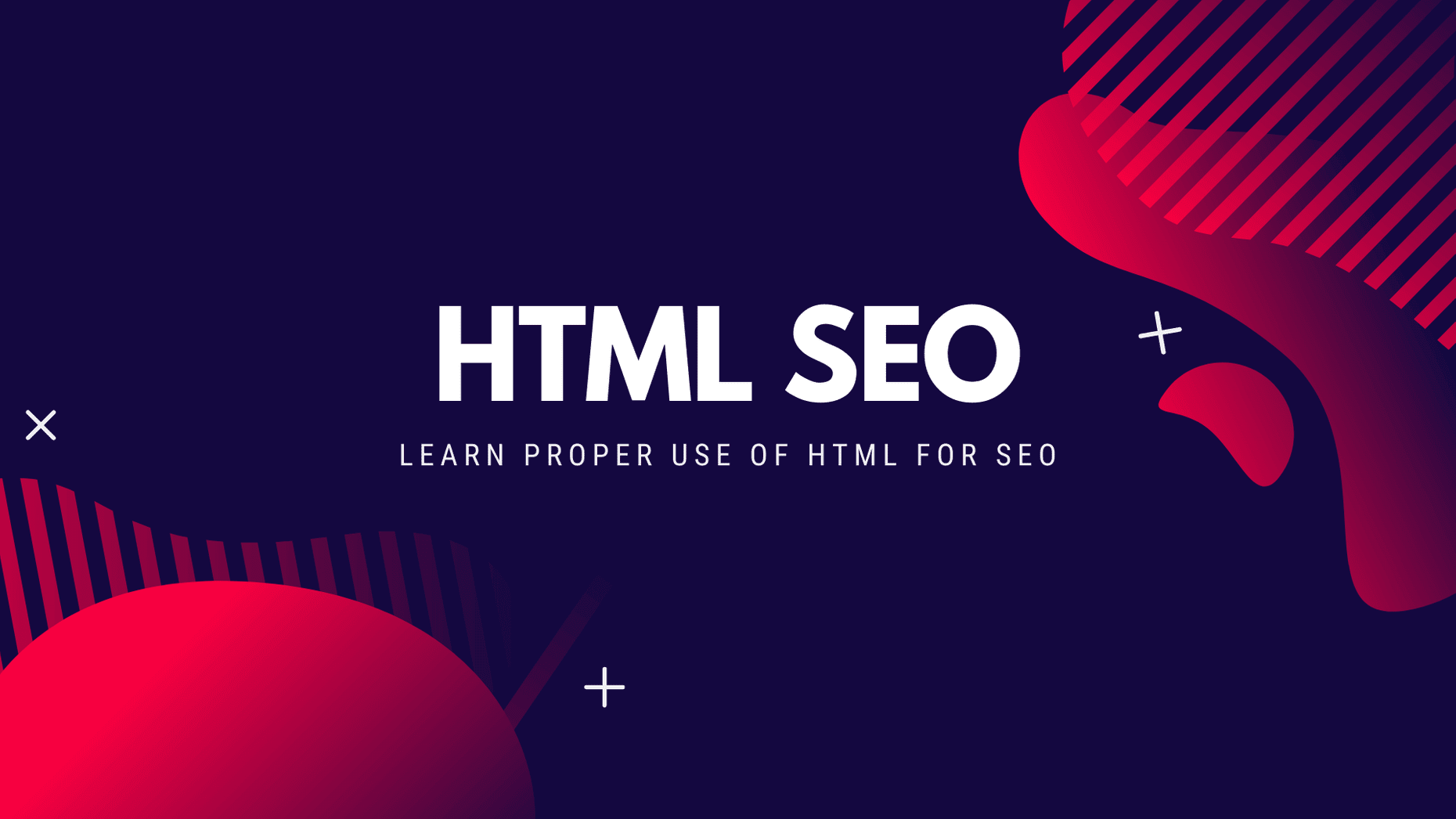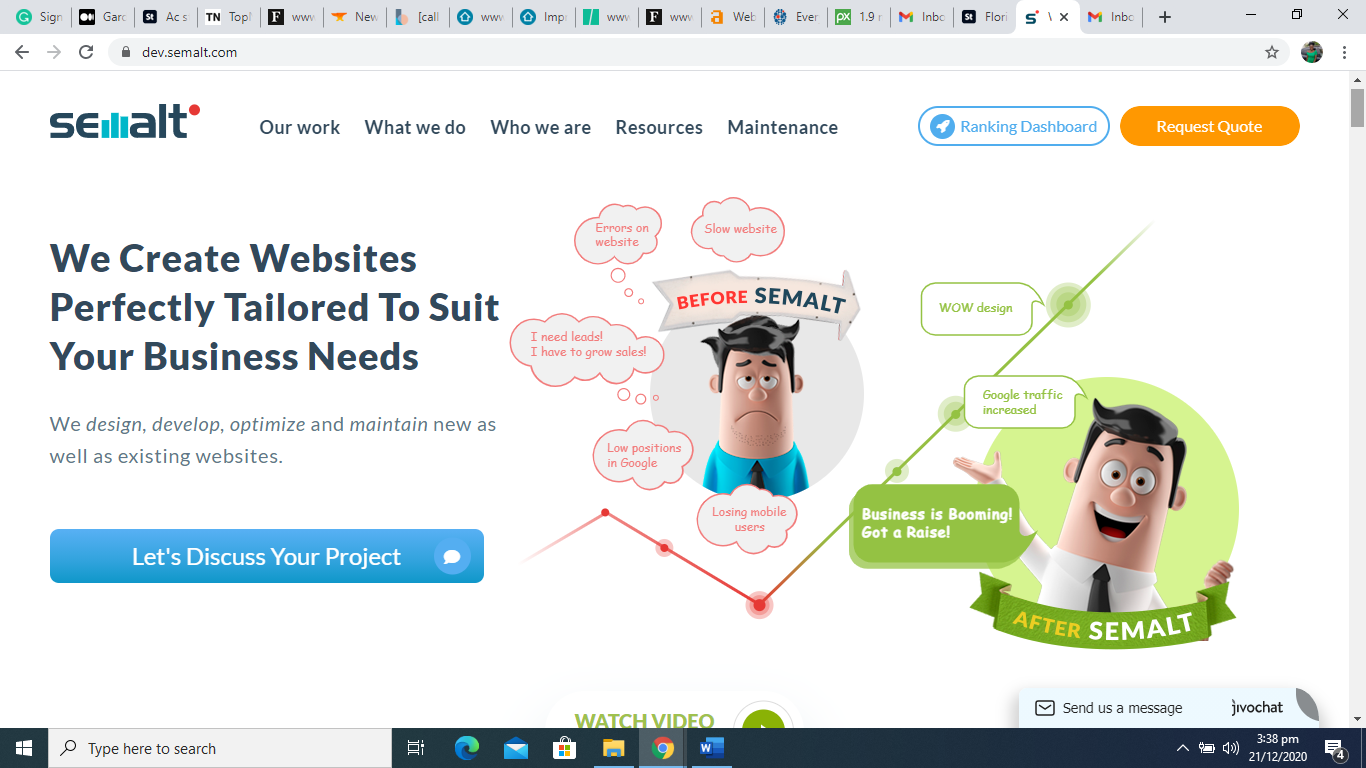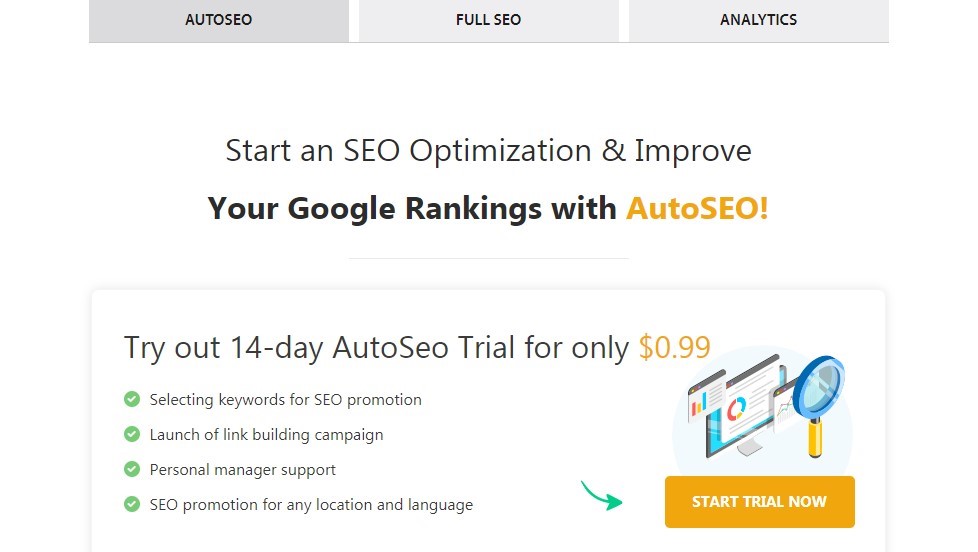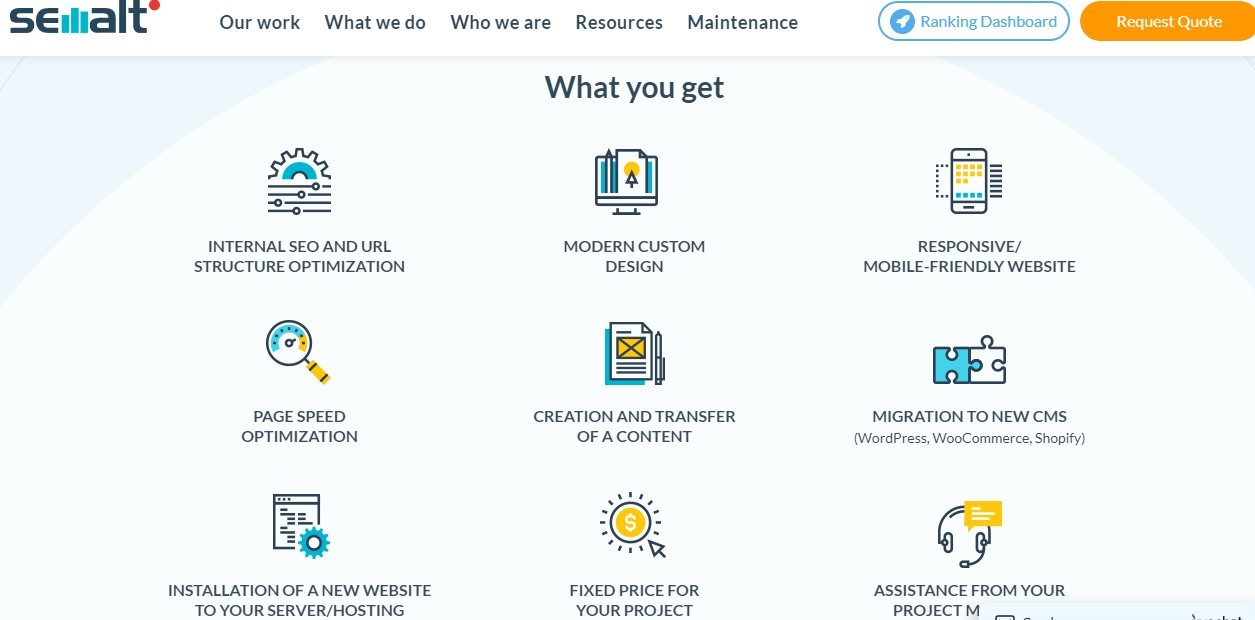HTML Tags Semalt SEO Professionals Use

Table Of Content
- Introduction
- 6 Common HTML Tags SEO Professionals Use
- Meta Description Tags
- Image Alt Tags
- Robot Tags
- Responsive Site Tags
- Title Tags
- Use Anchor Texts and Hyperlinks Strategically
- Conclusion
1. Introduction
There are many reasons why search engines like HTML tags, but mainly because it provides more flexibility. The HTML tag is the element that appears at the beginning of a web page's title or content. It also distinguishes a web page from its neighbor in the same domain.
Although the tag had a different function initially, the role it plays today has changed drastically. With the advent of various codes and scripts, some of the HTML tag functions have been transferred to other elements of a webpage.

The Role Of HTML Tags
The role of the HTML tag is to provide metadata about a web page. In technical terms, metadata is an identifying or descriptive string or code that enables web servers to identify a website uniquely. This unique identification is useful for search engines, web administrators, and website visitors alike.
This is why it is important to keep your HTML tags simple and to limit their number. The HTML spec defines the format and location of the HTML element.
The elements that make up an HTML page can contain more than one tag. They are all enclosed within single quotes, e.g., "HTML" and "head". Single quotes surround the whole tag, while double-quotes to delimit the tags. Search engines have a list of elements and attributes that are considered to be part of an HTML document. These tags provide the structure of the website. Search engines look for the keywords and compare each tag to its target language.
Using the HTML tag correctly is essential for your web page to be ranked highly in search engines. There are many ways to manipulate HTML tags so that they fit together correctly. To obtain a high ranking in search engines, make sure that your site fits naturally within the HTML tag and that all the HTML tags are closed with parenthesis.
Search engines will read and rank your site accurately because it follows an organized and logical format. Here are some of the most common HTML tags SEO professionals use to boost their search engine visibility and traffic.
2. 6 Common HTML Tags SEO Professionals Use
I. Meta Description Tags
A Meta description is an HTML text element that details and describes a page's contents to assist search engines and users. It can appear at the beginning of a web page title, within an HTML header, or any place within a text or resource box on a website.
This text is often used to describe keywords, phrases, or names associated with a website. Still, it can also be used to provide metadata about the content of a webpage, such as an author name and address of the webpage's author, the date and time of the page's writing, and any other metadata that helps describe the content of the page.
In essence, a Meta Description is a vital part of a webpage that serves as an invitation to the viewer to further explore and learn more about what is written on the page.

In a popular search engine optimization (SEO) technique called SERP activation, webmasters use meta descriptions in addition to the other important search engine tags. Alongside other SEO practices, actively practicing meta description usage is a top-notch way to optimize your website.
But there are many who argue against the importance of meta descriptions. They argue that they are overrated and ineffective as compared to other SEO tools like title tags, Alt Text, and anchor links.
Regardless, the fact remains that there are valid reasons why you should use meta descriptions for your website. For example, you may want to describe the contents of a webpage in the language of the visitor.
Meta Description also gives the visitor an idea of the keywords, keyword phrases, and other important information about a webpage that you want them to remember. If you want your website to be found by more people, then you should implement meta description writing page titles for your website.
One thing that is important to remember when creating or editing your own meta tags is that you must always keep the description short and relevant. The description is an important meta tags element because search engines use this element to see what the page is about, how long it is, and other such information. If the description is too long it could actually devalue your site, but if it's too short it will probably be ignored.
II. Image Alt Tags
Image alt tags are additional tags added to HTML images to label their particular content and context on your web page. When the media file is able to load or display correctly, the alt tag appears in the image container. Image alt tags help search engine crawlers pick up keywords about your web images that could lead traffic visitors to your site.
Also, they are very important to the image viewers because it helps them identify the specific content of the image in terms of color, shape, size, and other parameters. It is important to keep in mind that you should not overdo it with the description of the images in your web pages because chances are, visitors will just click away from your site if the descriptions are too descriptive.
However, you should make sure to use a good amount of descriptive anchor text links for your images to help users identify them easier. A lot of web designers tend to make the mistake of using only one or two keywords for describing an image, ignoring the rest of the image's attributes.
Although this may work well for those who have limited knowledge about image formats and keywords, it will not be very effective for images that are meant to convey more information or have a greater overall impact upon viewers.

The proper combination of relevant anchor text links and image alt tags can help visitors understand the information contained on your web pages, especially those which are accessible to people with visual impairments.
If you are targeting images for people who have visual impairments or know very little about image formats yourself, it is advisable that you take the time to learn about image formats and what the various keywords mean.
This will help you when it comes to designing the images and how to use different keywords in the alt tags so that they are able to be found easily by potential viewers. This will also help you target your audience and ensure that you reach out to people with different needs, since different people may require different things from images.
Image Alt Tags play an important role in ensuring that your web pages are as accessible as possible to all users and provide a great way of communicating your image and brand messages.
III. Robot Tags
Meta Robots, also known as robots that crawl and index pages, are one of the most important things to use for SEO. These meta tags give search engines an idea of the content on a web page so they can determine where to place your page in search results.
If you use meta elements correctly, you will be able to put a lot more information about your website in your title and other meta tags or you will be able to put keywords in them and make them priority keywords for search engines.
Unfortunately, meta-tags and meta elements, in general, aren't very well understood by web developers, and sometimes search engines can get confused and not know what your site is about. Robot tags help the crawlers understand better in order not to get things mixed up.
A particularly helpful piece of advice is to avoid using HTML meta tags because search engine robots aren't able to read HTML. Search engine robots are only able to read the text within the HTML Meta tag. So, if you have an HTML Meta tag, then don't put any other text within the tag.
IV. Responsive Site Tags
Responsive site tags for SEO are a major part of the search engine algorithms that search engines use to rank web pages. The importance of this is that a website owner who is able to use responsive site tags will be able to ensure that all of the content on their site is properly formatted and designed to properly fit the specifications of the search engine.
There are a number of different types of tags that can be used for this purpose, but certain criteria must be met in order to qualify for the top results.
The first thing to remember about responsive site tags for SEO is that it is important to ensure that you use one word per tag rather than too many. For example, if your tag says something like "about" then it should only contain one word. Many times, search engines will see this as a single tag and not the various individual words that make up that particular word, which can hurt a website's chance at ranking highly.

It is also important to include a description of what the page is about within the tags as well, though this should be done in the Metadata section of the page. In general, this is all that is needed for a website to qualify for a top ten result on a search engine.
V. Title Tags
One of the most overlooked aspects when it comes to optimizing your websites is the title tags. They can be easily and drastically changed to make your page rank up dramatically. These tags are what Google and other search engines use to determine where your page should appear in a search. There are certain conventions and common formats that they will adhere to but still, there are ways to get around these and still have the desired results.
A common mistake people make is using h1 titles too often. While having only one h1 is fine, having two or more will cause search engines to label your page as being too general or even spam.
The key here is to have a catchy, interesting, and unique title for each page within your site. This is how Google and other engines like it to read your content. So instead of writing your articles or blogs in the form of "this is what you" etc., try putting it in a way that would catch a reader's eye and give them a reason to click on the link.
VI. Use Anchor Texts And Hyperlinks Strategically
Another quick tip you can use is to add some anchor text into each of your pages. This doesn't have to be anything fancy but just placing the main keyword into your hyperlink.
For example, you could write your blog post like "tips for running" or something similar and then place your main keyword in quotes around it. This will help with ranking your page as well as being much more memorable.
The use of anchor and link tags for SEO is indeed one of the best techniques to promote your site. This method will definitely enhance your Search Engine Ranking Page (SERP) and make it easier for people to locate your site whenever they perform a search using the keywords that are related to your site.
If you really want to see the results of this method on promoting your site, you should include the keywords on your site as anchor text of the links. Also, you should place the keywords and the anchor text on the text as well as the links of your website to make it look more professional. Aside from that, you should also place the keyword in the title of the article and the resource box.

3. Conclusion
The points mentioned above are just a few of the things that need to be considered when it comes to site tags for SEO. Several other factors go into ranking a website well, and proper implementation of tags is just one of them. However, it is always best to start with quality over quantity and make sure that the tags to fit the site well and accurately describe the information on the page so that the page can receive the top ten search engine results. You can also contact Semalt to help you out with all things SEO for your site.